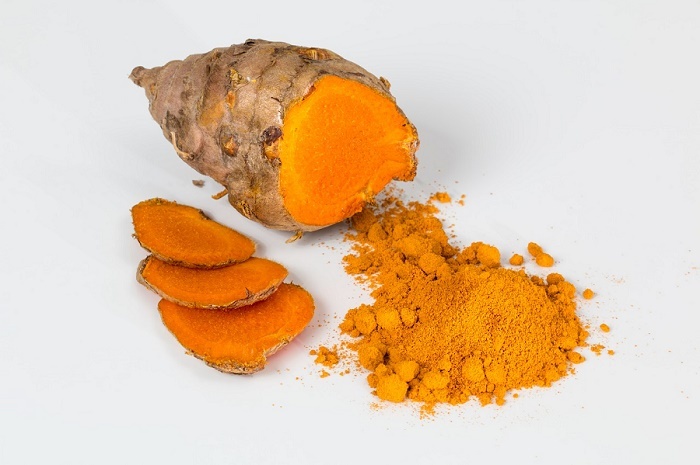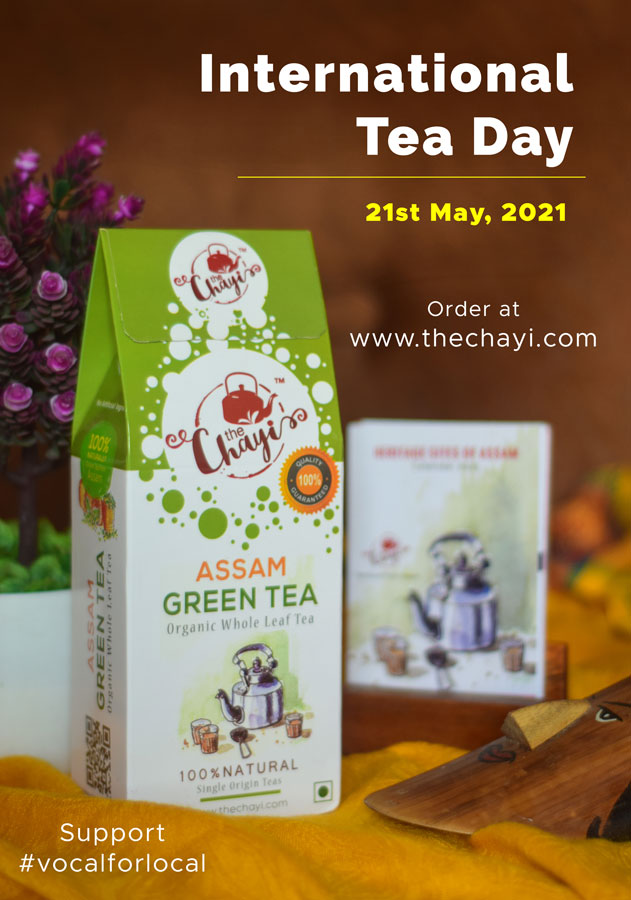‘Sekoni’ (Assamese- চেকনী) -a tea leaf strainer with a semi-spherical sieve and a handle attached to it is a common word in every Assamese household. Until I sat to write this article I never gave a second thought to this word. It has been a mundane utensil that I remember having in my house for as long as I have lived. Until today, I never really sat back and contemplated its importance.
Kadak chayi (Hindi: कड़क चाय):
In most countries, brewing of loose tea leaves is said to be a ritualistic approach to making tea. But in Assam, and in almost all states of India, it is actually the one and only approach. The concept of tea bags, though not new anymore, is still somewhat alien to us. Infusers are hardly something we use. In fact, it would not be uncommon for us Indians to never have laid eyes on one. And why would we? For us, tea has always meant the good old leaves, a bit water, a generous teaspoonful of sugar and a more than generous share of milk all put together in a kettle or a saucepan. “Thokthokia saah” we Assamese call it, what in most part of India is called “Kadak chayi” (Hindi: कड़क चाय). Now that I think of it, a ‘sekoni’ or a ‘chhannee’ (as it is called in Hindi: छन्नी) is an inextricable part of the tea making process in India, an unsung hero of a kind.
So tea infusers are not something we might be well acquainted with. But I must say, they are very much in vogue. Tea infuser is a tool that holds the loose tea leaves so that it can be steeped into the teacups with ease. They come in many shapes but the most common is a perforated metal lobe, a mesh ball, with a chain attached to it. The earliest infusers were made of bamboo and dates way back in time. However, the popularity of tea infusers grew in the 19th century when infusers began to be produced of fine silver and was used by the elites. Inspired from this, smaller designers began to produce attractive infusers from low-priced materials that could be afforded by all sections of the society. After all, tea was a widely loved beverage.
It was only after this widespread acclaim of tea infuser that the concept of tea bags was introduced in the early 20th century. Tea infusers’ popularity have not subsided and are very much in use throughout the globe. But in my view, though tea bags are used extensively in hotels, restaurants and airports, there is nothing that would replace the existence of our good old ‘sekoni’ or the tea strainer. Because in India, some of the best ‘kadak chayi’ is made by small shops on the road side selling tea from a somewhat blackened kettle and a ‘chhannee’, the most common line being, “Bhaiya ek kadak chayi dena!”
(Read about Pu-erh Tea)













